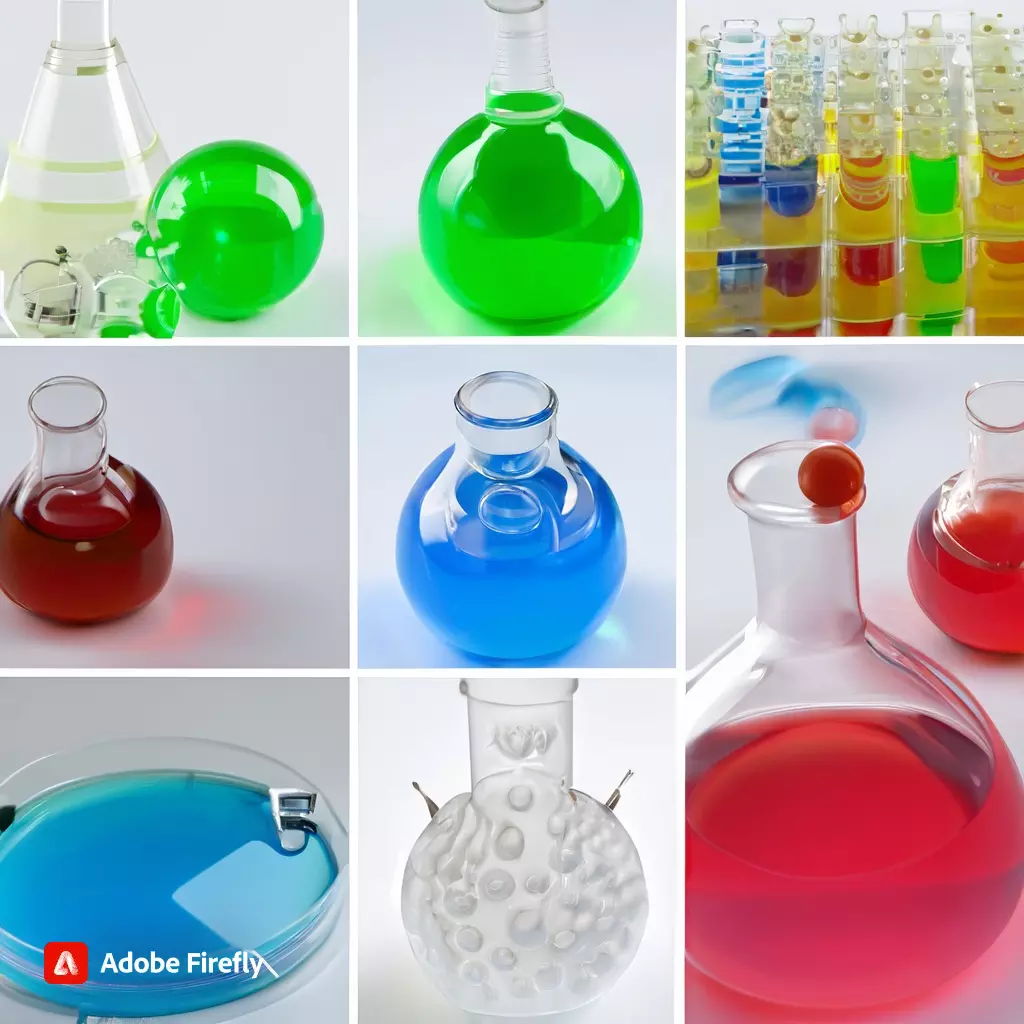In a world driven by technological advancements and scientific discoveries, chemicals play an indispensable role in various industries, from pharmaceuticals and agriculture to manufacturing and consumer goods. However, along with their widespread use come concerns about the potential unintended biological effects that these chemicals may trigger. Revealing these undesired effects is crucial to ensure the safety of both human health and the environment.
Understanding the biological effects of chemicals requires a comprehensive and systematic approach, often involving a combination of laboratory experiments, computational modeling, and data analysis. Below, we outline the key methods employed to reveal and assess these effects.
1. In Vitro Testing:
One of the initial steps in evaluating the biological effects of chemicals is conducting in vitro tests. In this method, chemicals are exposed to isolated cells, tissues, or organs outside of the living organism. Researchers can observe how these chemicals interact with biological systems at a cellular level. This approach allows for controlled experiments and helps identify potential toxicological effects.
2. Animal Studies:
Animal studies are a critical component of chemical assessment. Researchers expose animals (typically rodents) to various doses of a chemical to observe its effects on their health. These studies provide valuable insights into how chemicals may impact living organisms, helping researchers understand potential risks and side effects
3. Epidemiological Studies:
Epidemiological studies involve the observation of large populations over extended periods. Researchers collect data on exposure to chemicals and health outcomes to identify potential correlations. These studies are essential for detecting long-term effects that may not manifest in short-term laboratory experiments.
4. Computational Modeling:
Advancements in computational biology and chemistry have enabled researchers to create sophisticated models to predict the biological effects of chemicals. These models consider factors such as chemical structure, toxicity data, and biological pathways to estimate potential risks. Computational tools are particularly useful in assessing large numbers of chemicals quickly.
5. High-Throughput Screening:
High-throughput screening involves testing numerous chemicals simultaneously using automated methods. This approach is highly efficient for identifying potential biological effects and toxicity across a wide range of chemicals. It is especially valuable in drug discovery and environmental chemical assessment.
6. Toxicogenomics:
Toxicogenomics is a relatively recent field that combines genomics, transcriptomics, and proteomics to assess how chemicals affect an organism’s genes, RNA, and proteins. By examining changes at the molecular level, researchers gain insights into the mechanisms underlying biological effects.
7. Regulatory Assessments:
Government agencies, such as the Environmental Protection Agency (EPA) and the Food and Drug Administration (FDA), play a crucial role in evaluating the safety of chemicals. They conduct comprehensive assessments that include data from various sources, including laboratory studies and epidemiological research, to establish regulatory guidelines and restrictions.
8. Long-Term Monitoring:
Continual monitoring of chemical exposure and its effects is essential, as some biological effects may take years or decades to become apparent. Long-term studies can uncover unforeseen consequences and help refine risk assessments.
In conclusion, the revelation of undesired biological effects of chemicals is a multifaceted process that combines diverse scientific methods. These methods are essential not only for safeguarding human health but also for protecting the environment. As technology advances and our understanding of toxicology deepens, our ability to assess and mitigate the risks associated with chemical compounds will continue to improve, ensuring safer products and practices for generations to come.
Also Read: Staying Healthy During & After Menopause: Know More
https://thelogicalindian.com/h-upload/2023/09/20/500x300_233582-firefly-images-related-to-chemicals-3557.webp
Trending
2023-09-20 08:18:17.0
Unveiling Unwanted Biological Effects Of Chemical Compounds










